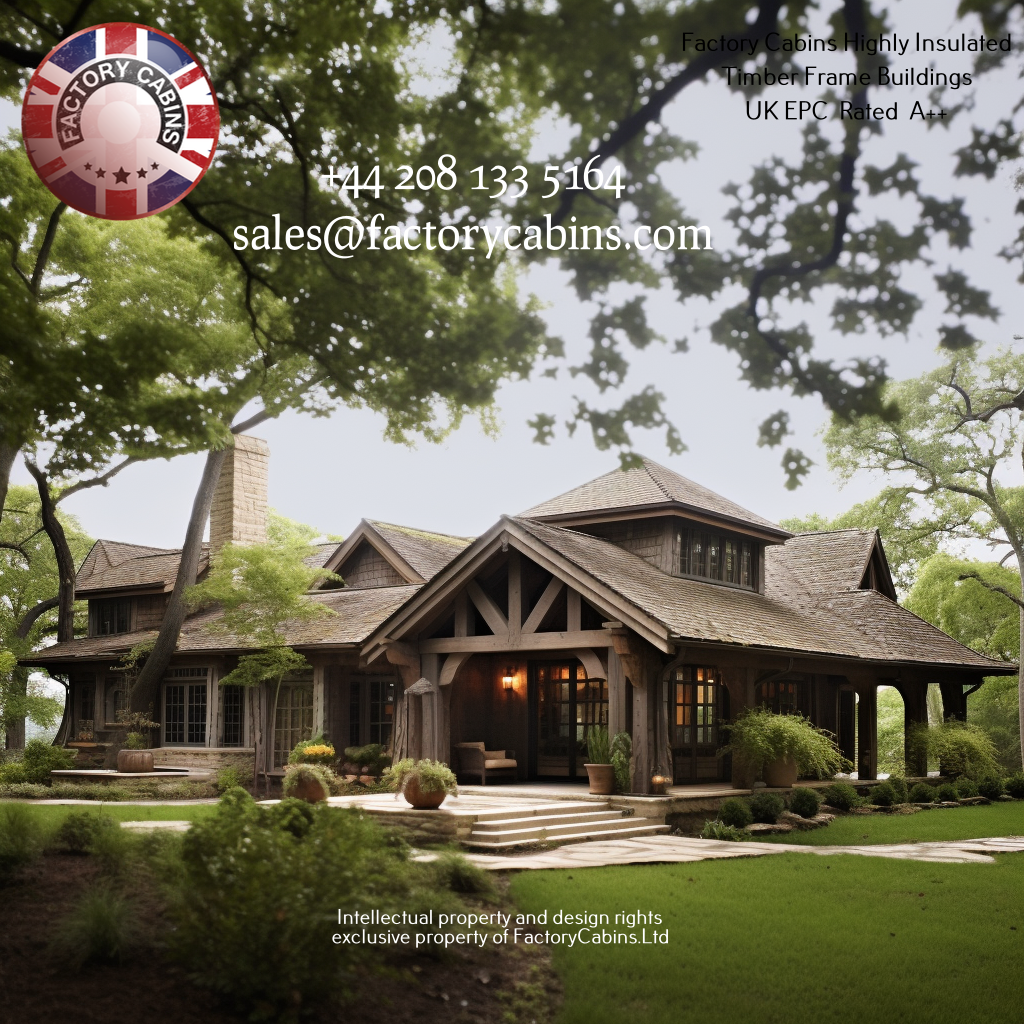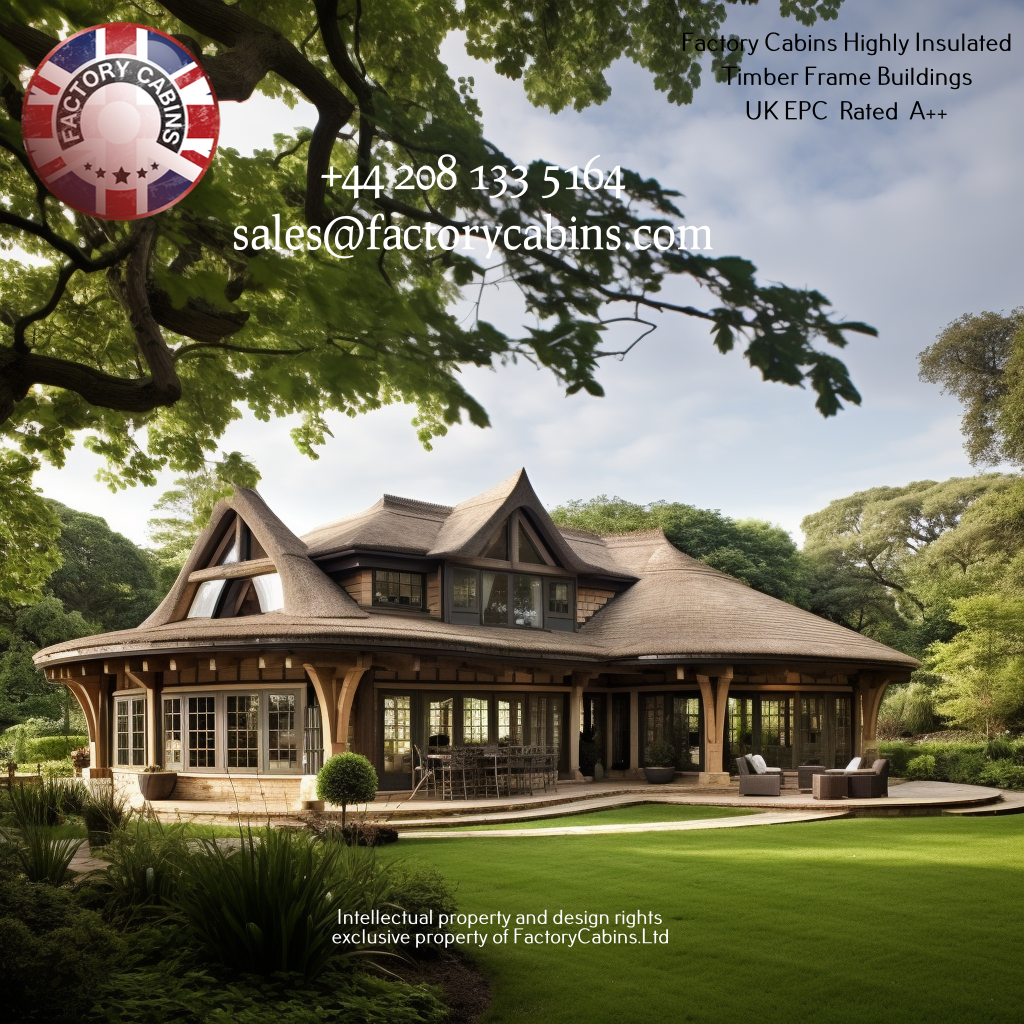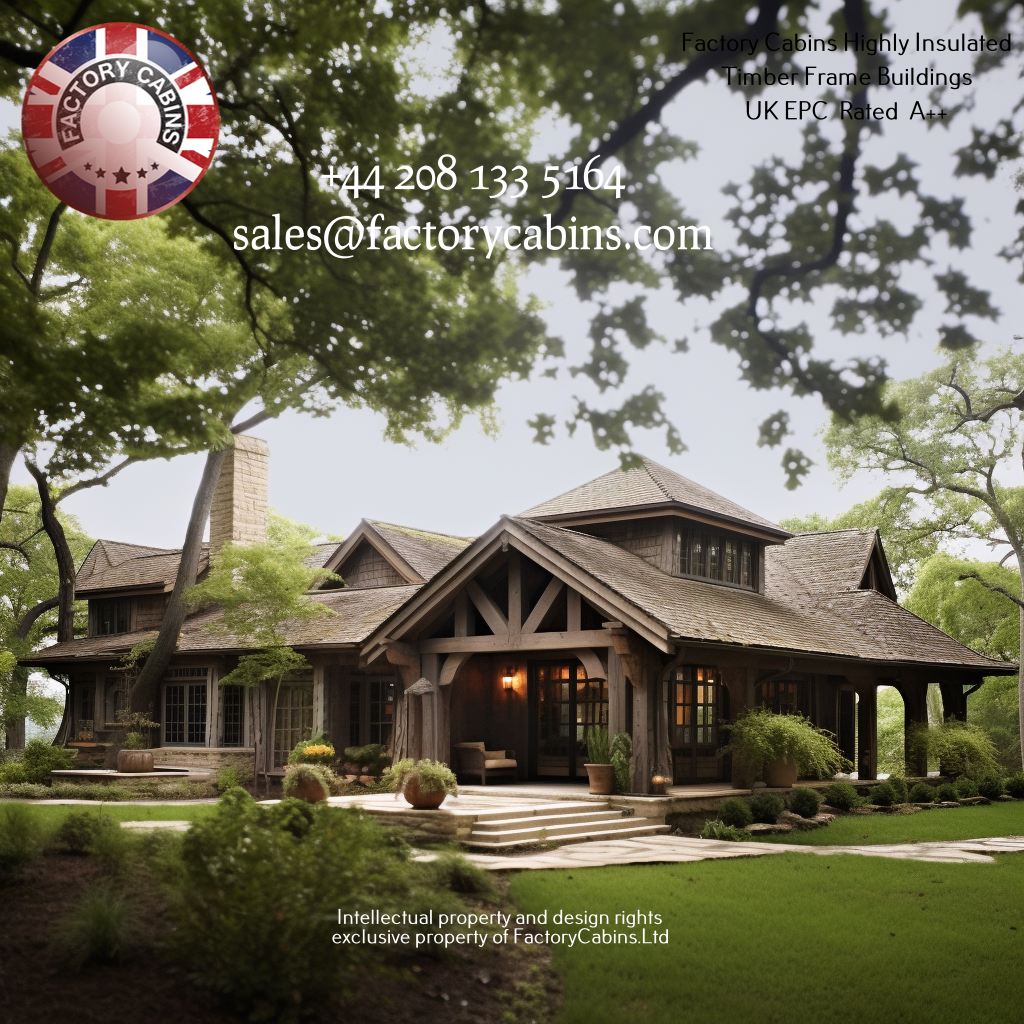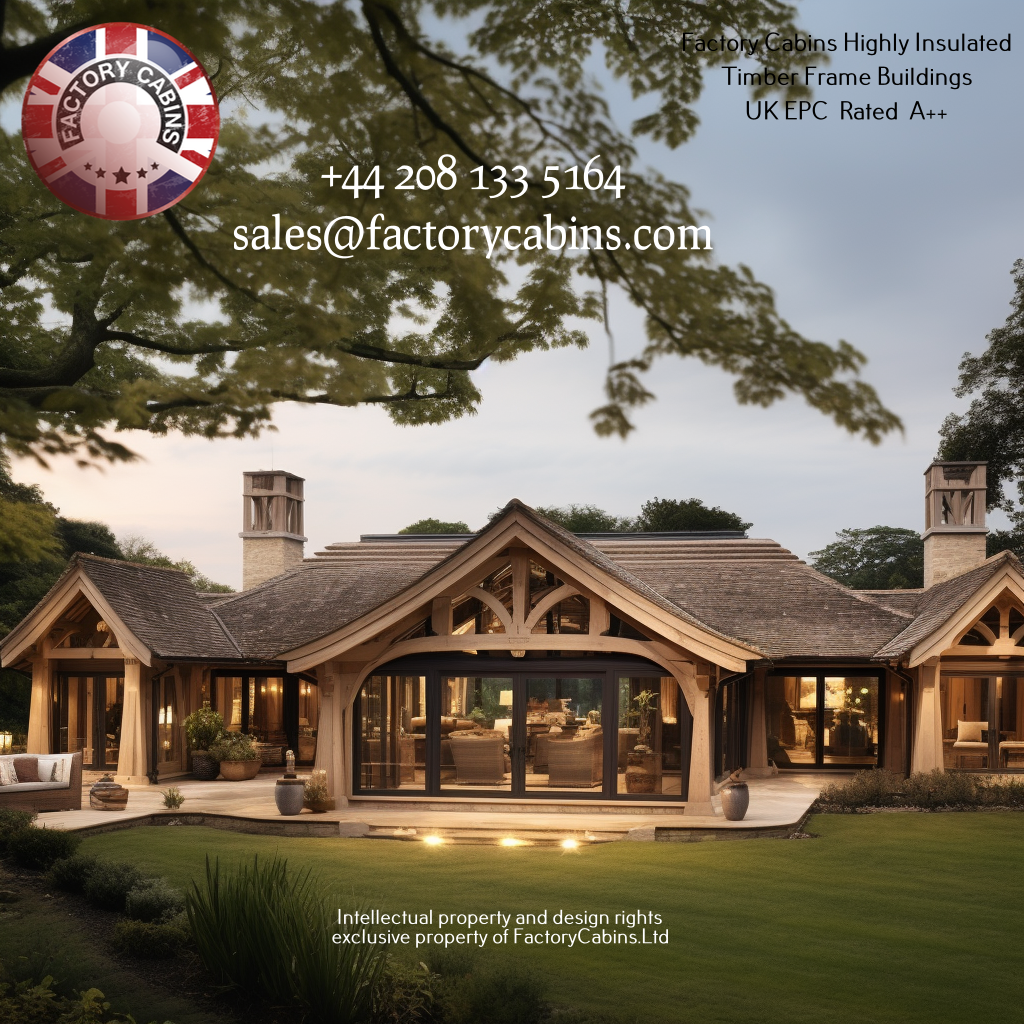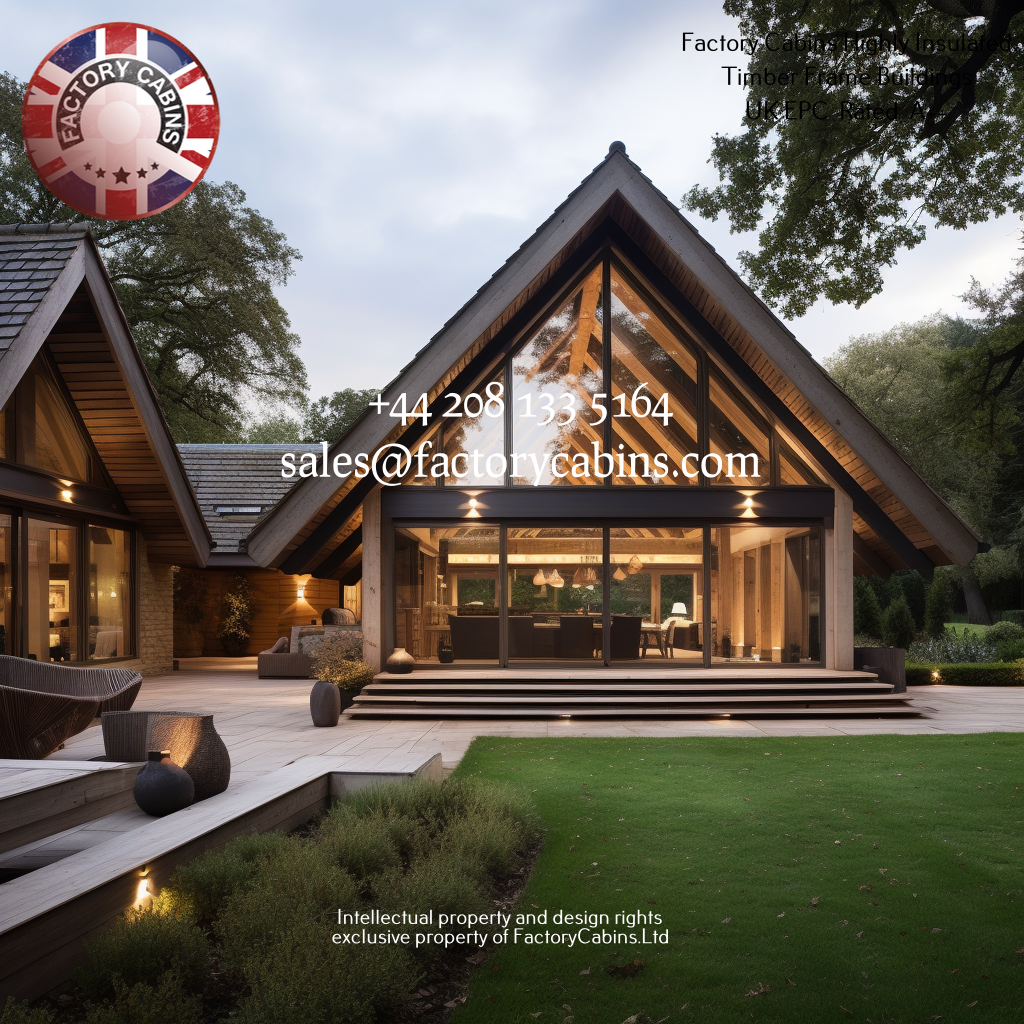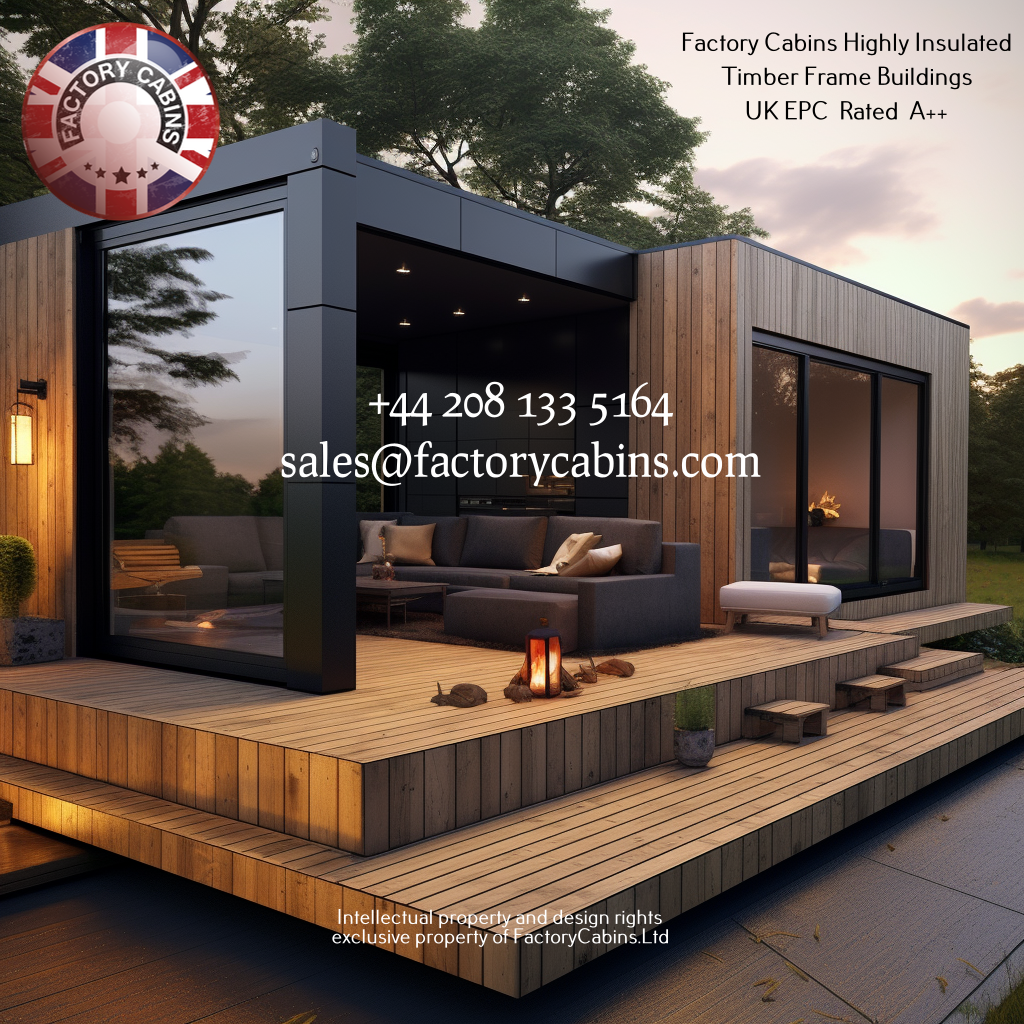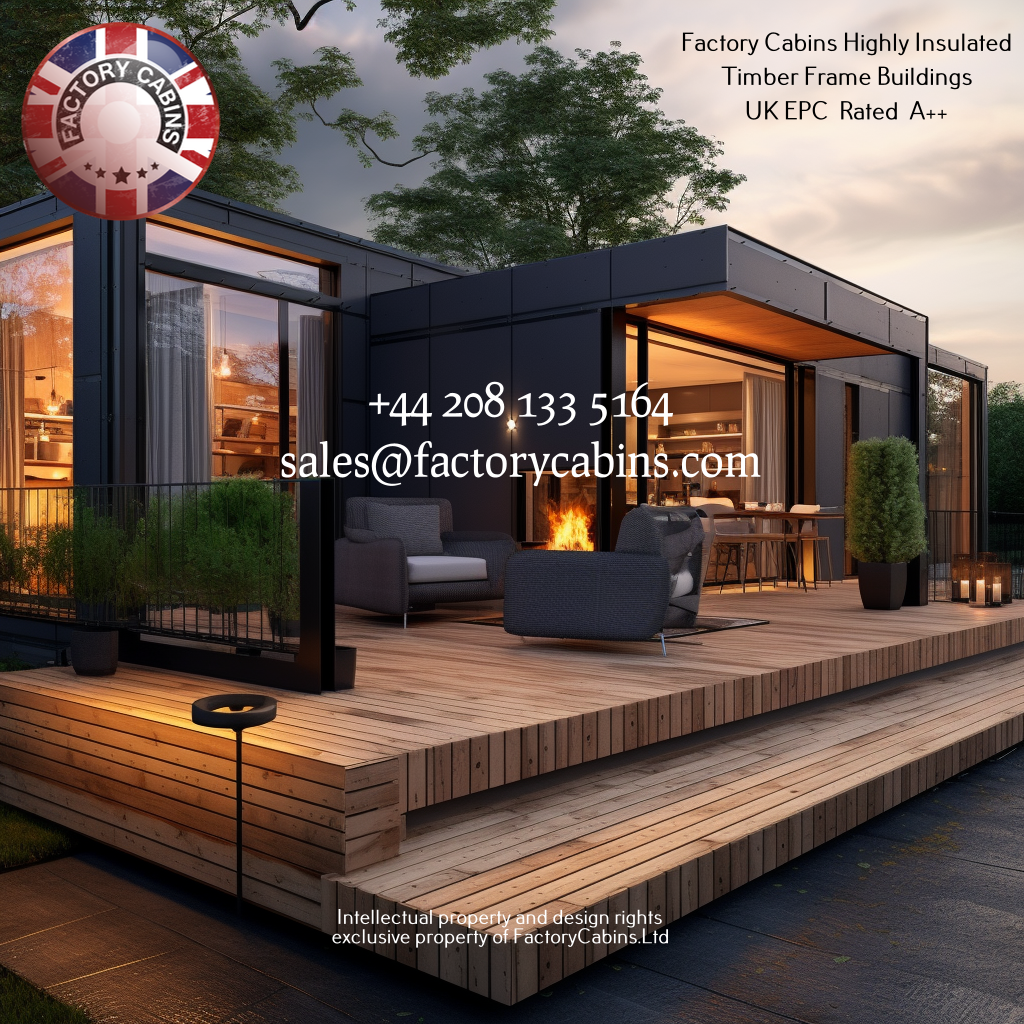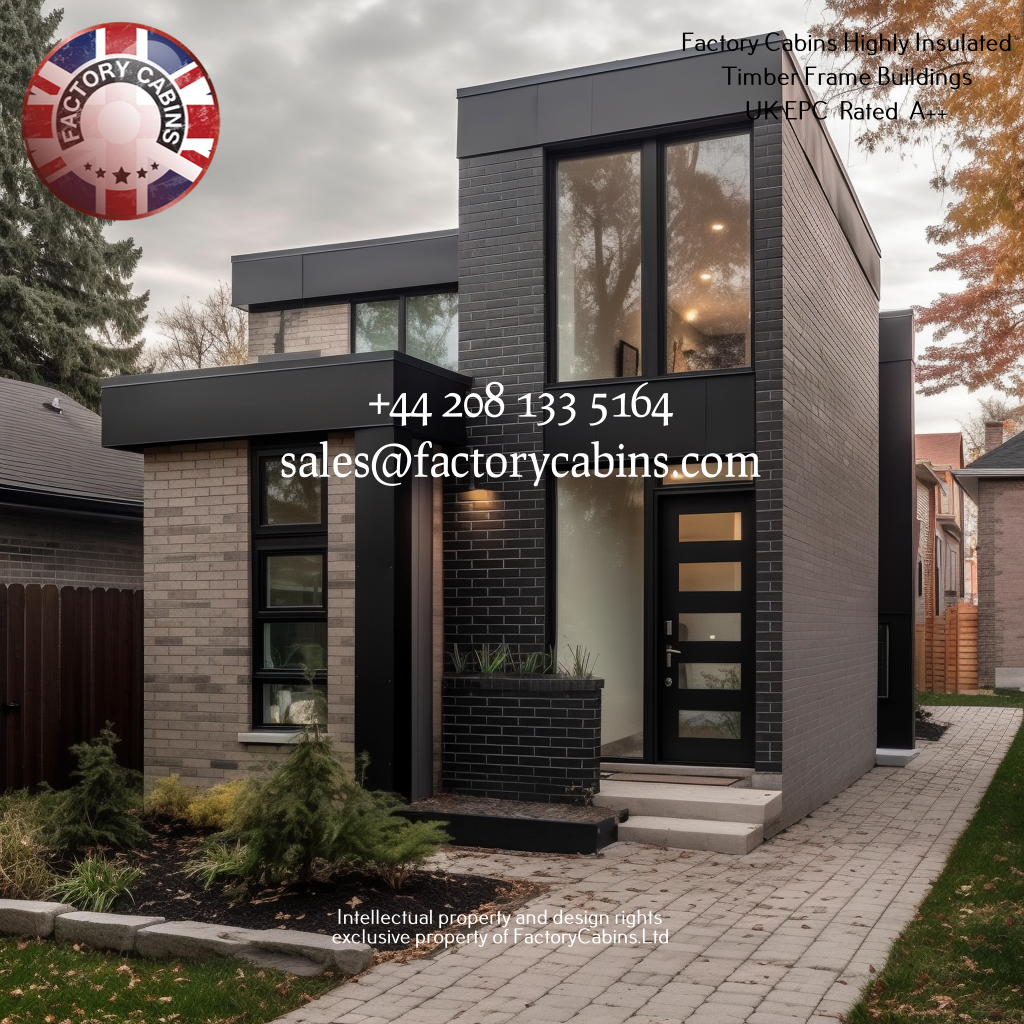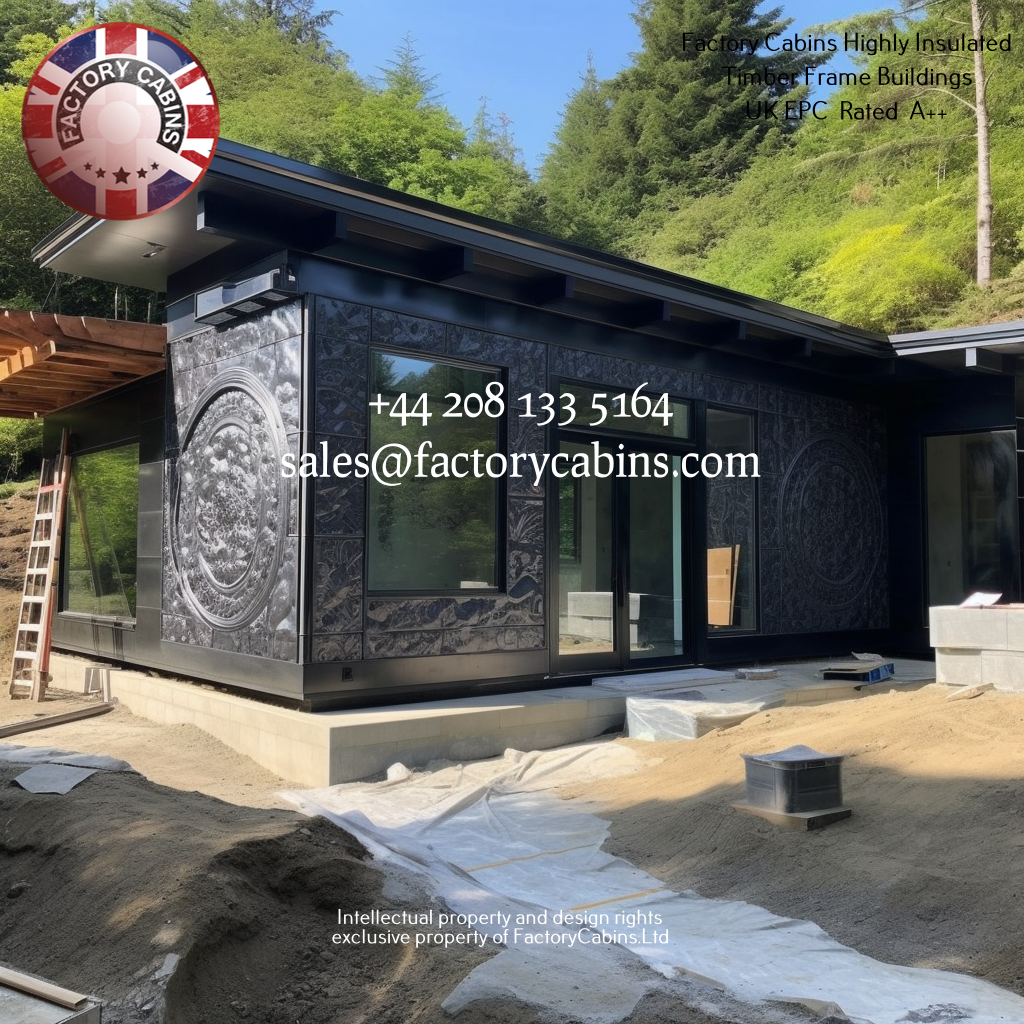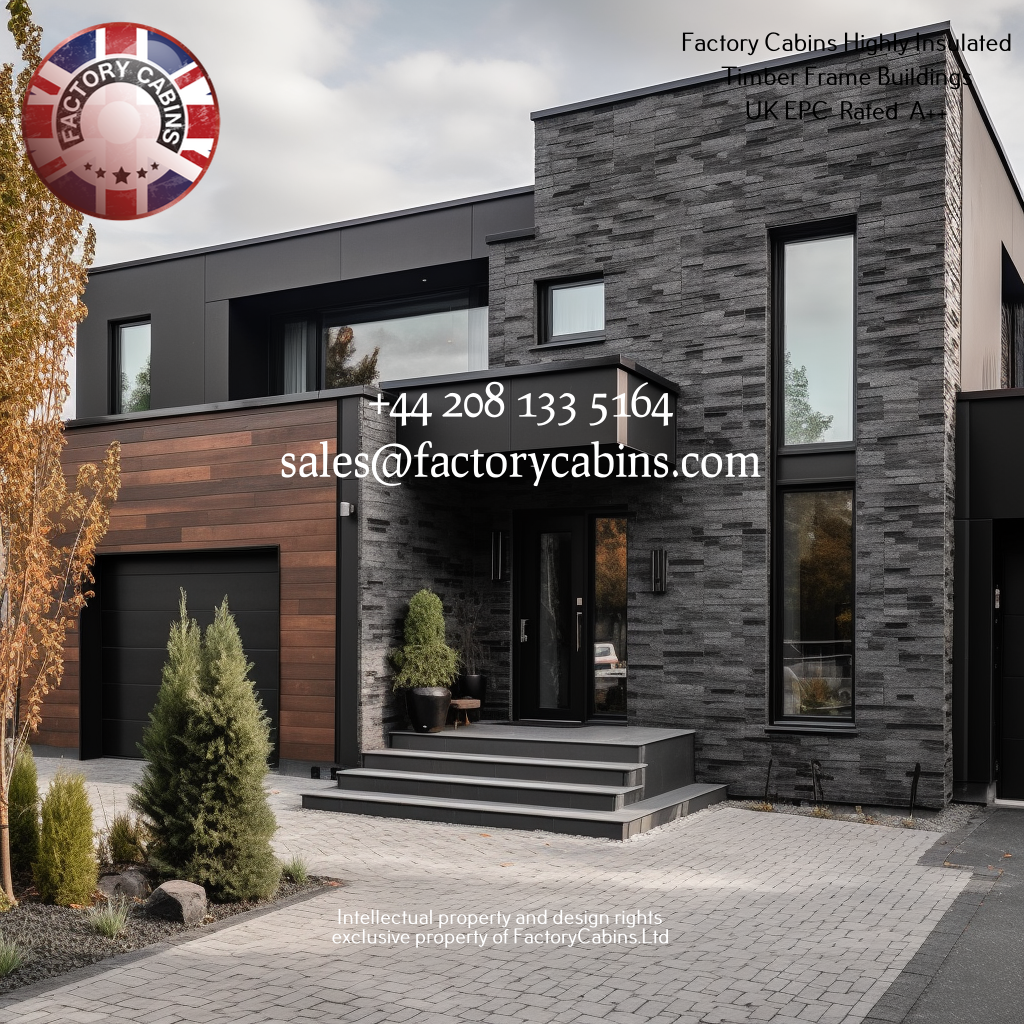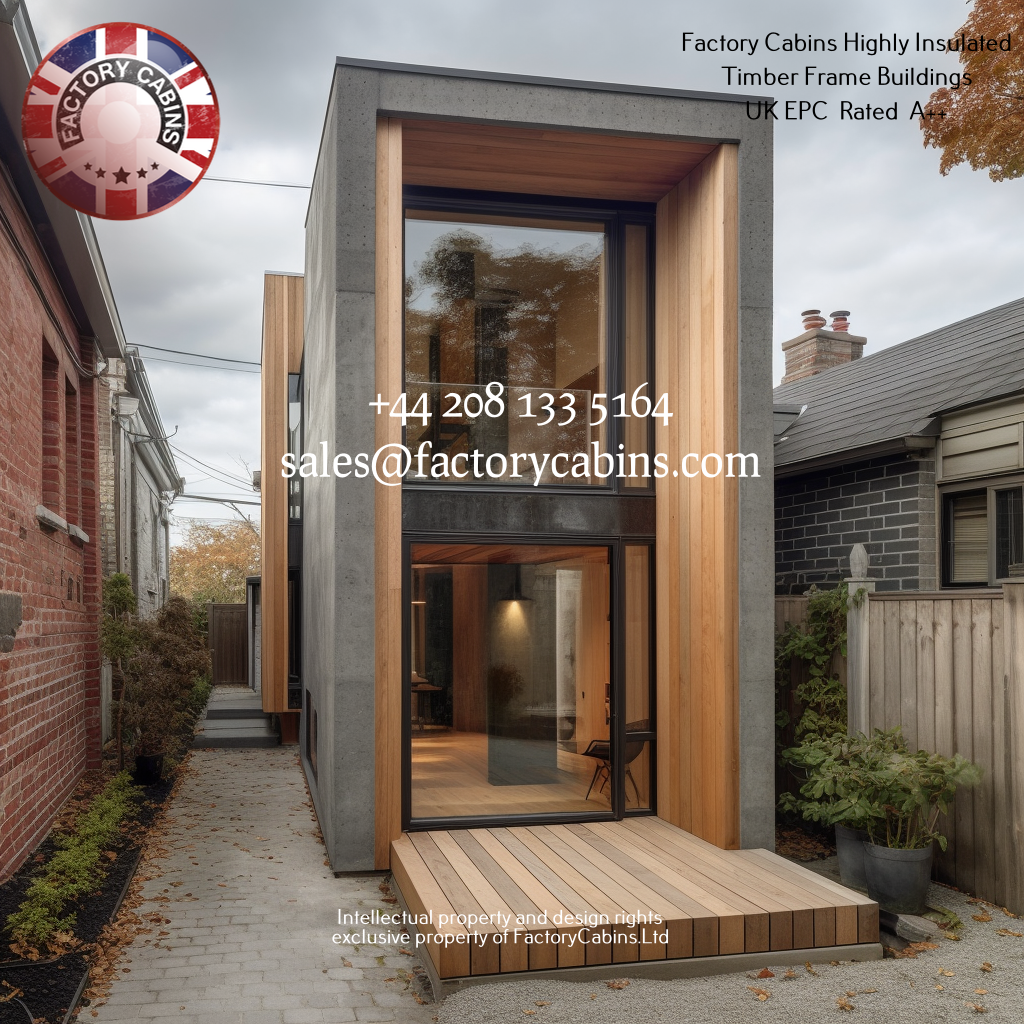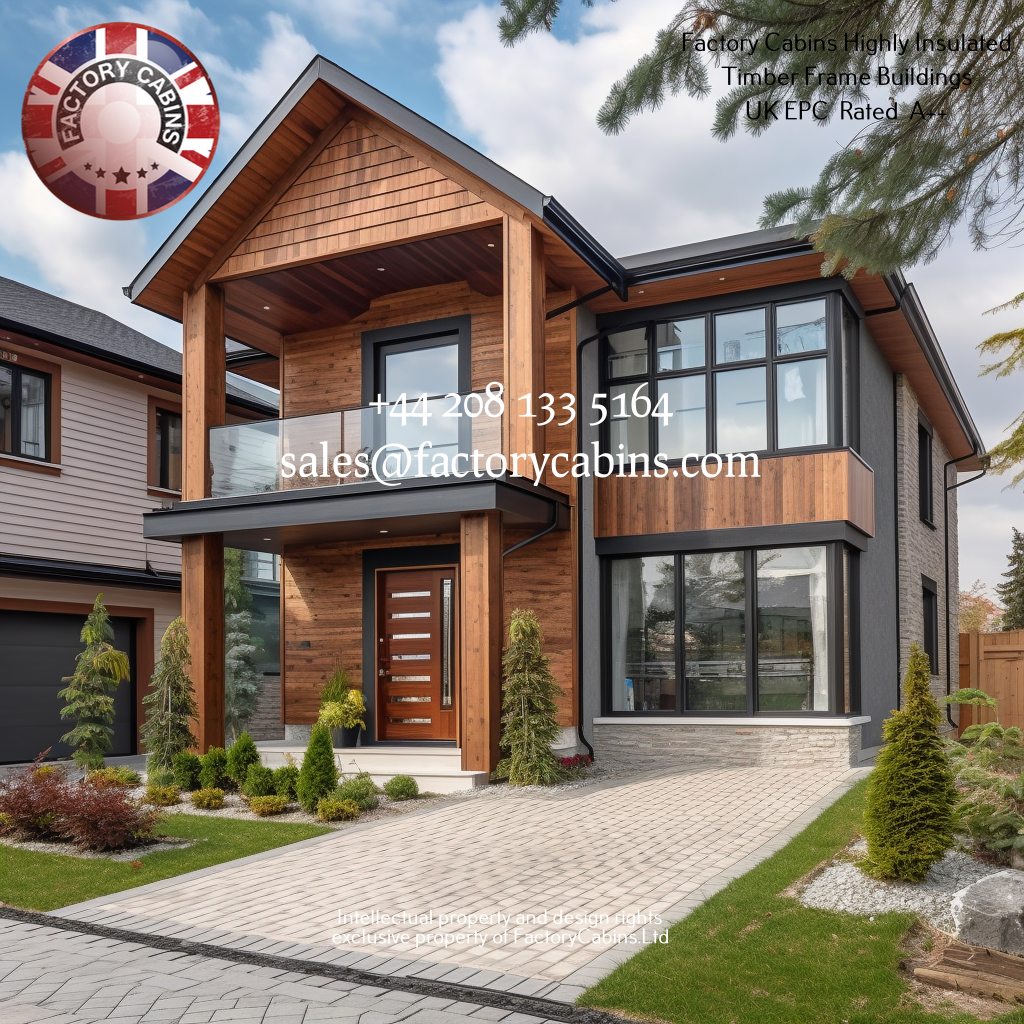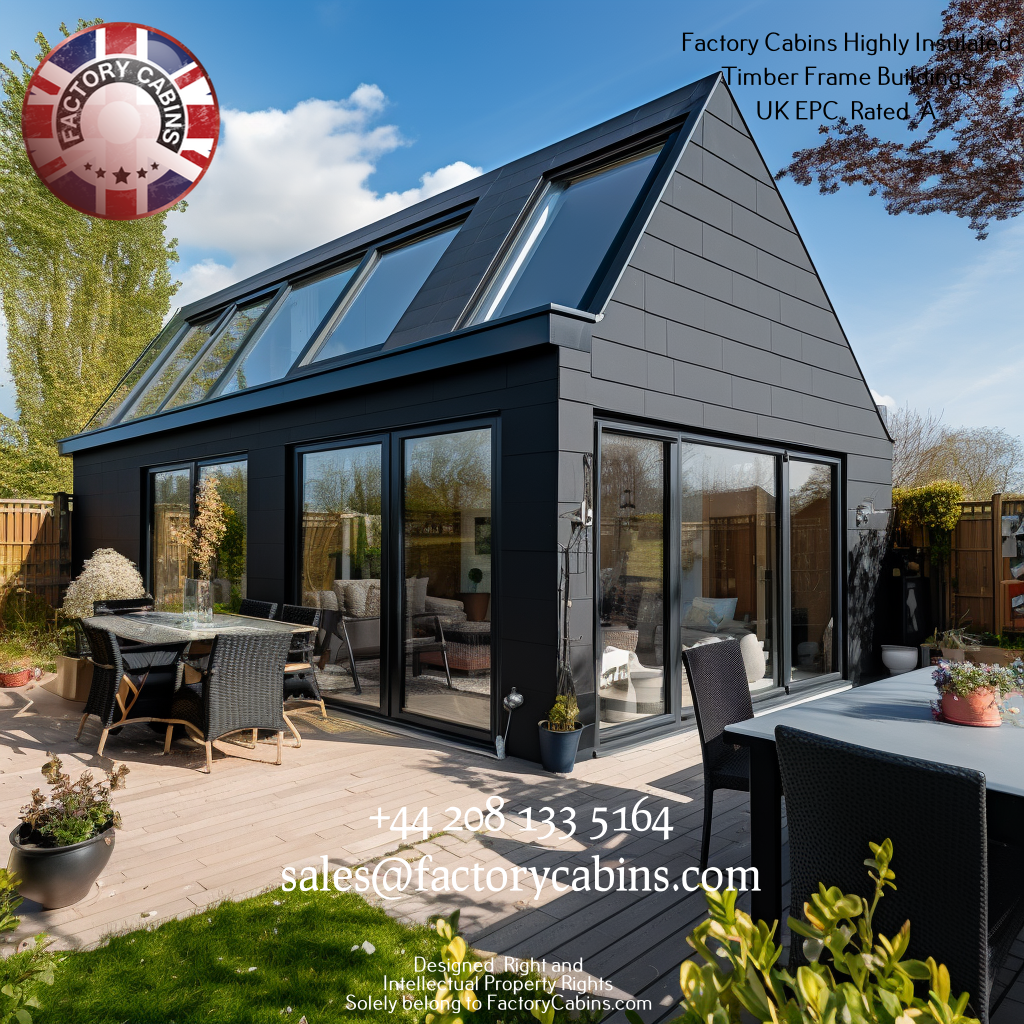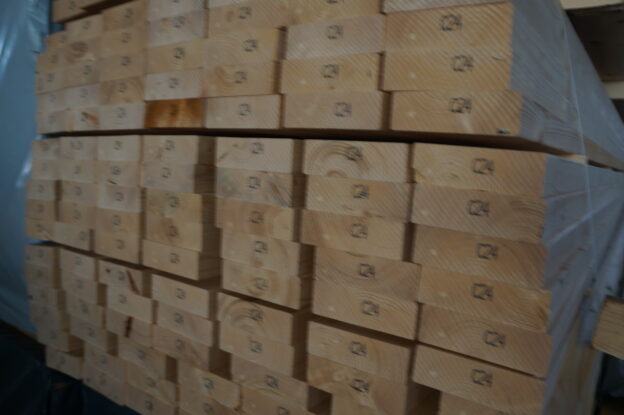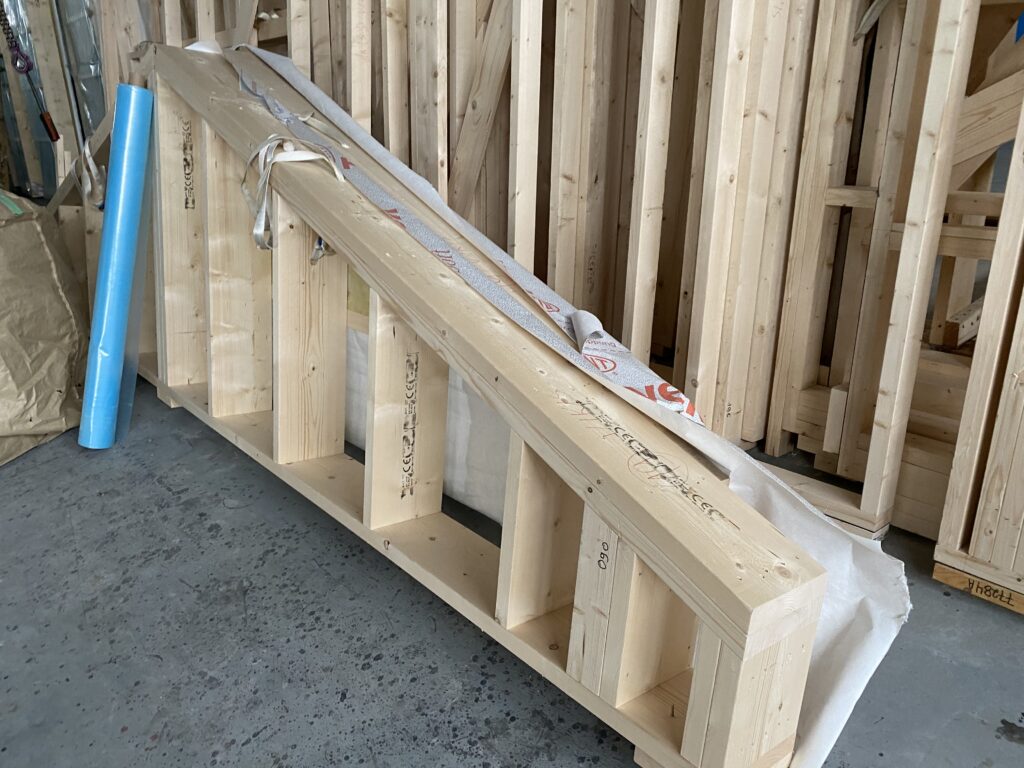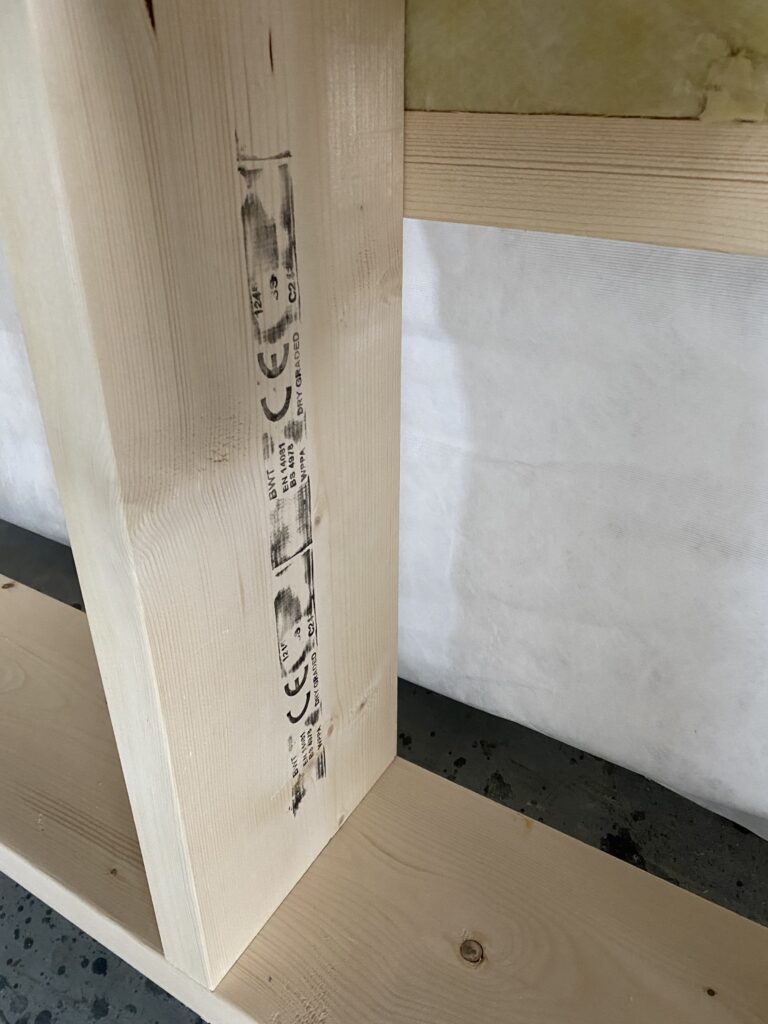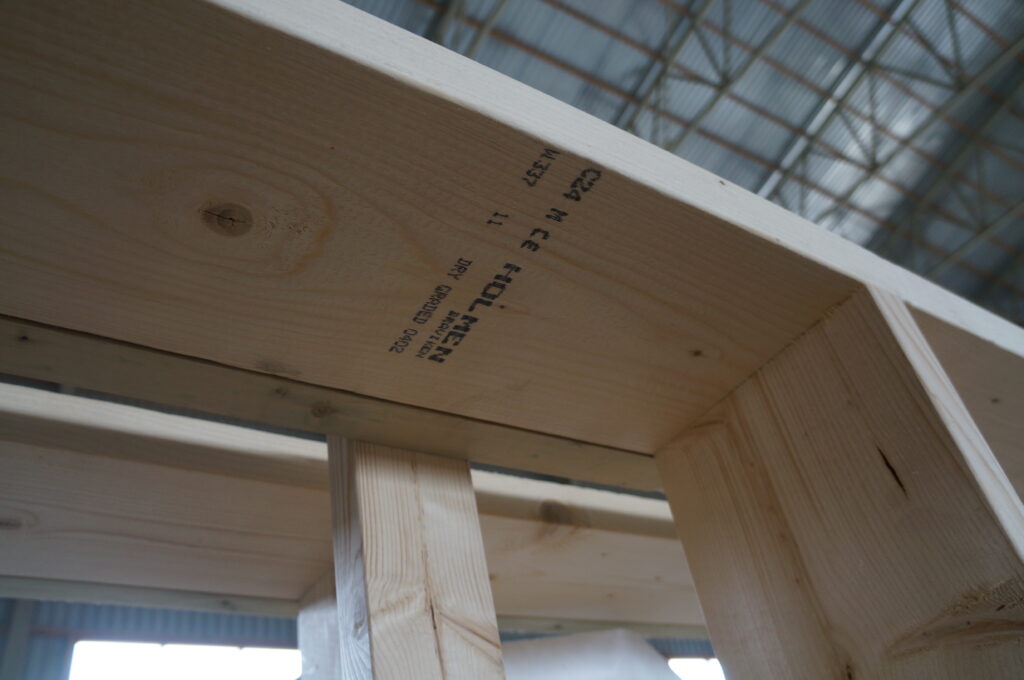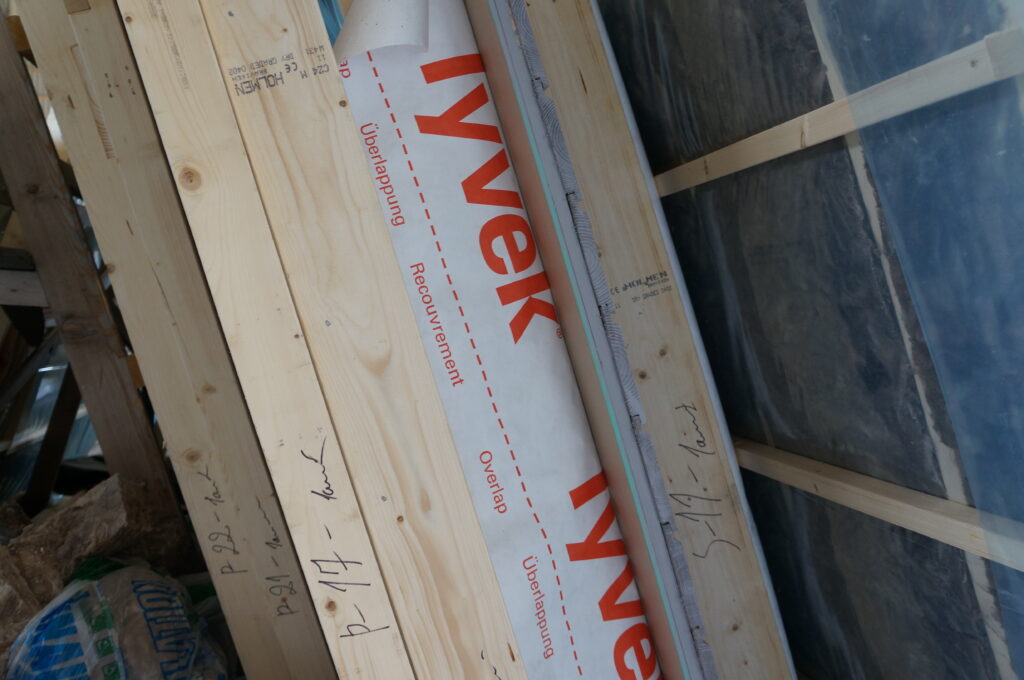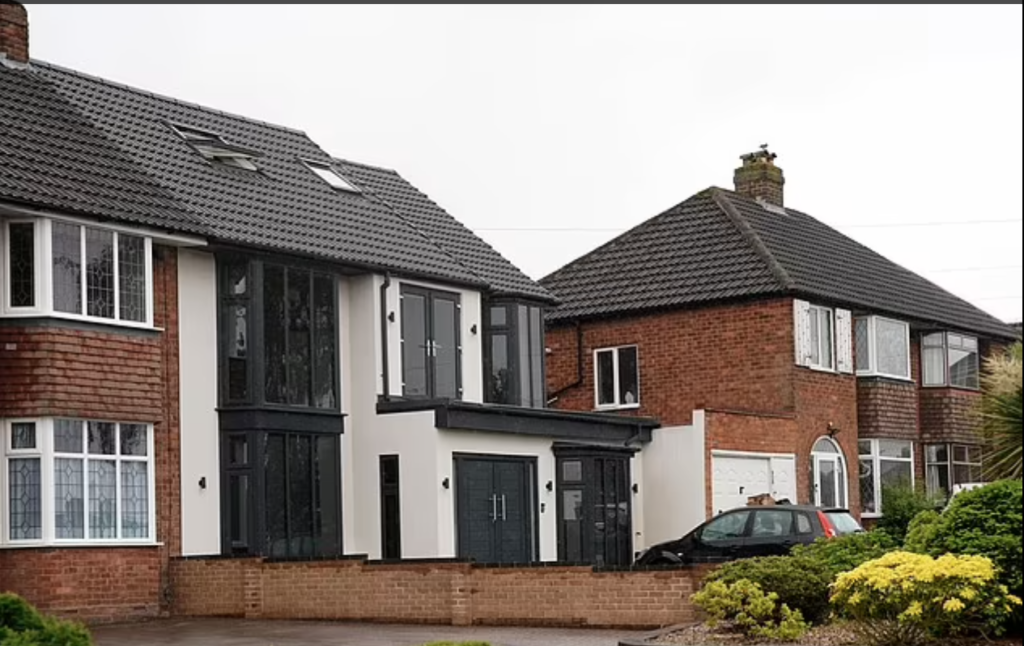
The problem we have in the UK is that we want to stick to a traditional look, which is the downfall of the public! We are handing down old, damp, poorly built houses that leak in every possible way, especially heat in the winter.
The British public needs to wake up and say to themselves, We want better, and that is exactly what we are not doing. When I saw this article in the DM, I was shocked. This is a beautiful build; sadly, it is attached to old stock. That’s its downfall. And hate from neighbours and complaints that their houses look old and worn out, and this the future next door seriously makes that statement.
Besides old, crumbling stock, it shows us clearly that people want change, not dreary old houses that are as efficient as a net with massive holes in it, but a tight, well-manufactured, stylish house. The planners have no vision and will not allow, which is the word here, allow for independent thought or wish. Their word is law. Then they push on us high energy bills and poorly built housing. The UK is sadly doomed, as energy companies and the government together push demonising laws on us all to comply with an antiquated rules-law that is based solely on tax on energy!
The government has slowed down on housing that is built to a low energy standard, which, in all honesty, is cheaper to build and cuts energy costs, plus has a higher resellable value.
Tradition be damned, we need new, highly insulated buildings which are designed to use 1/4 of the power or even less, not, however, build the same old poorly insulated stock. It is quite easy to make a net zero house look traditional; it’s called brick slips. However, the government is not looking to do this, which is quite clear here with Starmer and Rayner.
Let’s look at this new poorly built house, which is being built in the 1000s; you will notice quite clearly a letterbox on the front door. Insulated houses do not have letter boxes on any door, ever! Proof that the UK’s new build regulations are not designed to build houses that correspond with Starmer’s new build policy.
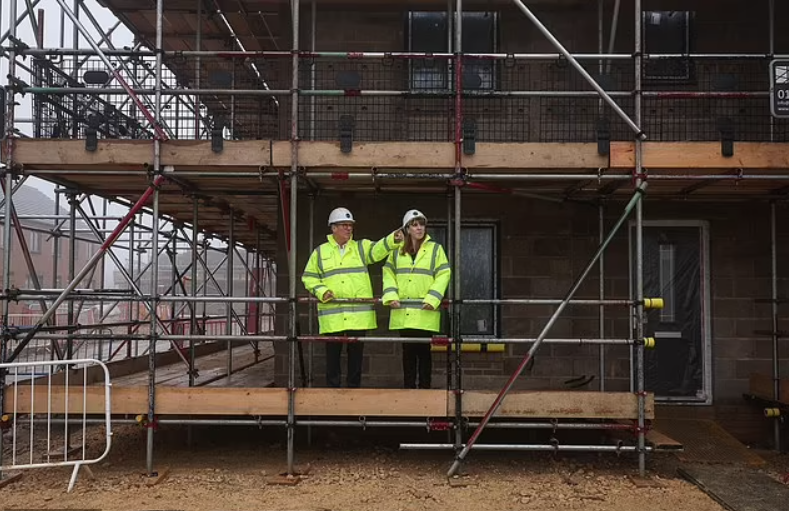
Here are some facts.
The number of houses in the UK with “cold roofs” (poorly insulated roofs) can be estimated based on available data from the search results:
- Government Data (2022): According to insulation statistics, 7% of roofs in England and Wales were rated as “poor or very poor” for insulation. London had the lowest percentage of well-insulated roofs at 41%, while the South East led with 58% of roofs rated “good or very good”.
- Regional Variations:
- Yorkshire & Humber and Wales had the highest proportion of poorly insulated roofs .
- The East of England and North East performed better, with 51% and 50% of roofs rated “good or very good”, respectively .
- Total Housing Stock Context:
- There are approximately 25 million addressable buildings in the UK with recorded roof data .
- Applying the 7% “poor or very poor” rating suggests around 1.75 million homes may have cold roofs. However, this likely underestimates the problem, as many “average”-rated” roofs may still underperform.
- Additional Insights:
- Poor roof insulation causes 26% of total heat loss in homes .
- Only 5% of UK buildings (1.3 million) have solar panels, indicating most roofs lack this additional insulation benefit .
- Health and Economic Impacts:
- Cold homes contribute to thousands of excess winter deaths annually .
- Proper roof insulation could save households £270/year on energy bills .
For more detailed regional breakdowns or methodology, you can refer to the original sources from the UK government and insulation reports.
In the UK, a significant number of pensioners live in poorly insulated homes, which contributes to cold living conditions, higher energy bills, and health risks. Here’s a breakdown of the key statistics:
1. Overall Numbers
2.3 million older people (aged 55+) in England live in non-decent homes, many of which have poor insulation, damp, or cold-related hazards.
– Among these, 1.3 million are owner-occupied homes headed by someone aged 55+, while 250,000 are in the private rented sector.
2. Regional Disparities
– The Northwest has the highest number of poorly insulated homes for pensioners (212,000), followed by the South West (195,000) and South East (184,000).
London has the lowest proportion of well-insulated roofs (41% rated “good or very good”), while the Southeast performs best (58%).
3. Fuel Poverty & Cold Homes
– 75% of pensioners (9.1 million) reported their homes were colder than they’d like in January 2025.
– Among low-income pensioners (household income £20,000, 35% said their homes were too cold most or all of the time.
– 34% of older private renters also reported living in persistently cold homes .
4. Health & Financial Impacts
– Poor insulation leads to higher heating costs—homes with EPC band F pay £550 more annually than EPC C-rated homes.
– Cold homes exacerbate respiratory and cardiovascular conditions, with 1.2 million older people experiencing high anxiety due to poor housing conditions.
5. Government Schemes & Shortcomings
– The Great British Insulation Scheme (GBIS) has upgraded 60,600 households since 2023, but progress is slow compared to the estimated 3.7 million non-decent homes in England.
– Delays in the Warm Homes Plan and means-testing of Winter Fuel Payments have left many pensioners struggling.
– Applying the 7% “poor or very poor” rating suggests around 1.75 million homes may have cold roofs. However, this likely underestimates the problem, as many “averages” rated roofs may still underperform.
4. Additional Insights:
– Poor roof insulation causes 26% of total heat loss in homes.
– Only 5% of UK buildings (1.3 million) have solar panels, indicating most roofs lack this additional insulation benefit.
5. Health and Economic Impacts:
– Cold homes contribute to thousands of excess winter deaths annually.
– Proper roof insulation could save households £270/year on energy bills.
For more detailed regional breakdowns or methodology, you can refer to the original sources from the UK government and insulation reports.
In the UK, a significant number of pensioners live in poorly insulated homes, which contributes to cold living conditions, higher energy bills, and health risks. Here’s a breakdown of the key statistics:
1. Overall Numbers
2.3 million older people (aged 55+) in England live in non-decent homes, many of which have poor insulation, damp, or cold-related hazards.
– Among these, 1.3 million are owner-occupied homes headed by someone aged 55+, while 250,000 are in the private rented sector.
2. Regional Disparities
– The Northwest has the highest number of poorly insulated homes for pensioners (212,000), followed by the South West (195,000) and South East (184,000).
– London has the lowest proportion of well-insulated roofs (41% rated “good or very good”), while the Southeast performs best (58%).
3. Fuel Poverty & Cold Homes
– 75% of pensioners (9.1 million) reported their homes were colder than they’d like in January 2025.
– Among low-income pensioners (household income ≤£20,000), 35% said their homes were too cold most or all of the time.
– 34% of older private renters also reported living in persistently cold homes .
4. Health & Financial Impacts
– Poor insulation leads to higher heating costs—homes with EPC band F pay £550 more annually than EPC C-rated homes.
– Cold homes exacerbate respiratory and cardiovascular conditions, with 1.2 million older people experiencing high anxiety due to poor housing conditions.
5. Government Schemes & Shortcomings
– The Great British Insulation Scheme (GBIS) has upgraded 60,600 households since 2023, but progress is slow compared to the estimated 3.7 million non-decent homes in England.
– Delays in the Warm Homes Plan and means-testing of Winter Fuel Payments have left many pensioners struggling.
Sadly….
At least 2.3 million older people in England live in poorly insulated homes, with millions more across the UK facing fuel poverty. The problem is most acute in *older, privately rented, and low-income households, particularly in regions like the *North West and Yorkshire. Urgent policy action is needed to improve insulation and reduce energy costs for vulnerable pensioners.
Here is a quote that says it all.
While Labour says the planning system will be overhauled in an effort to get things moving, they’ve noted that any new housing would still adhere to a rulebook, one that encourages Georgian-style design, complementing the streetscapes of existing towns rather than hindering them.
Old Georgian-style design is not a net zero design and NEVER WILL BE! The rest of the world changes with the passing winds; we are always in a storm.


